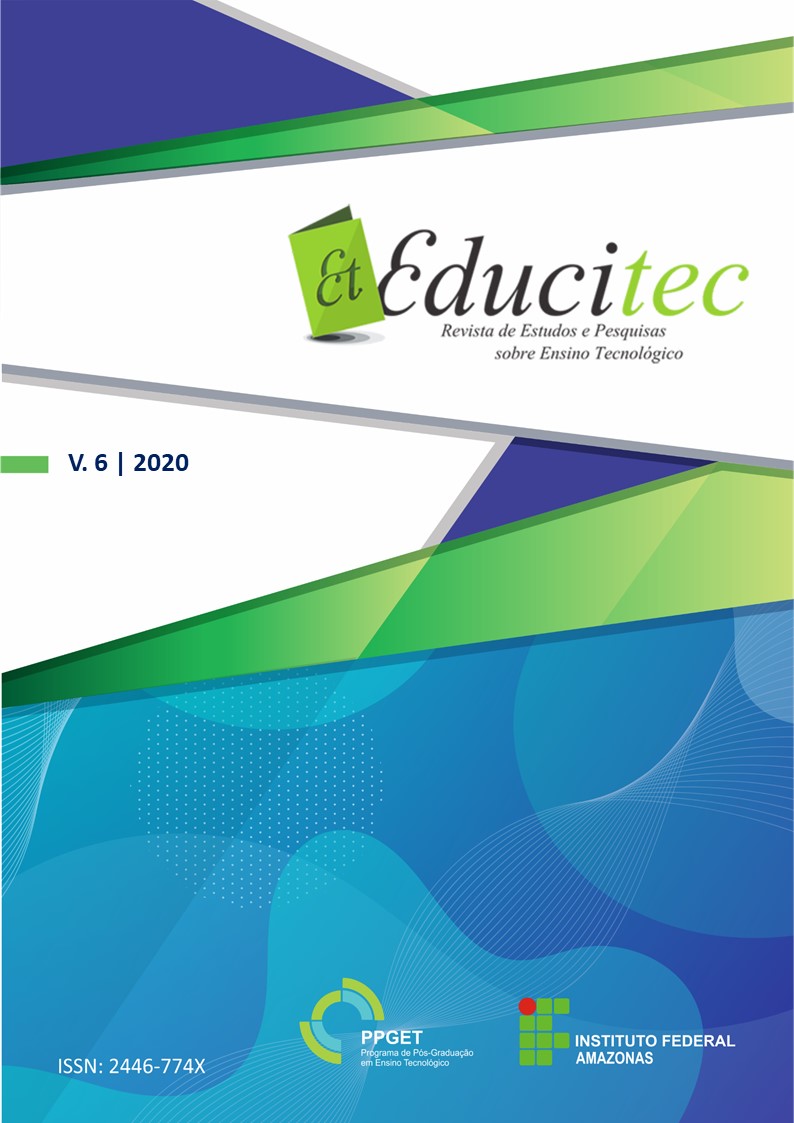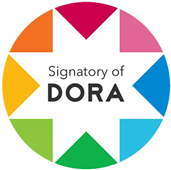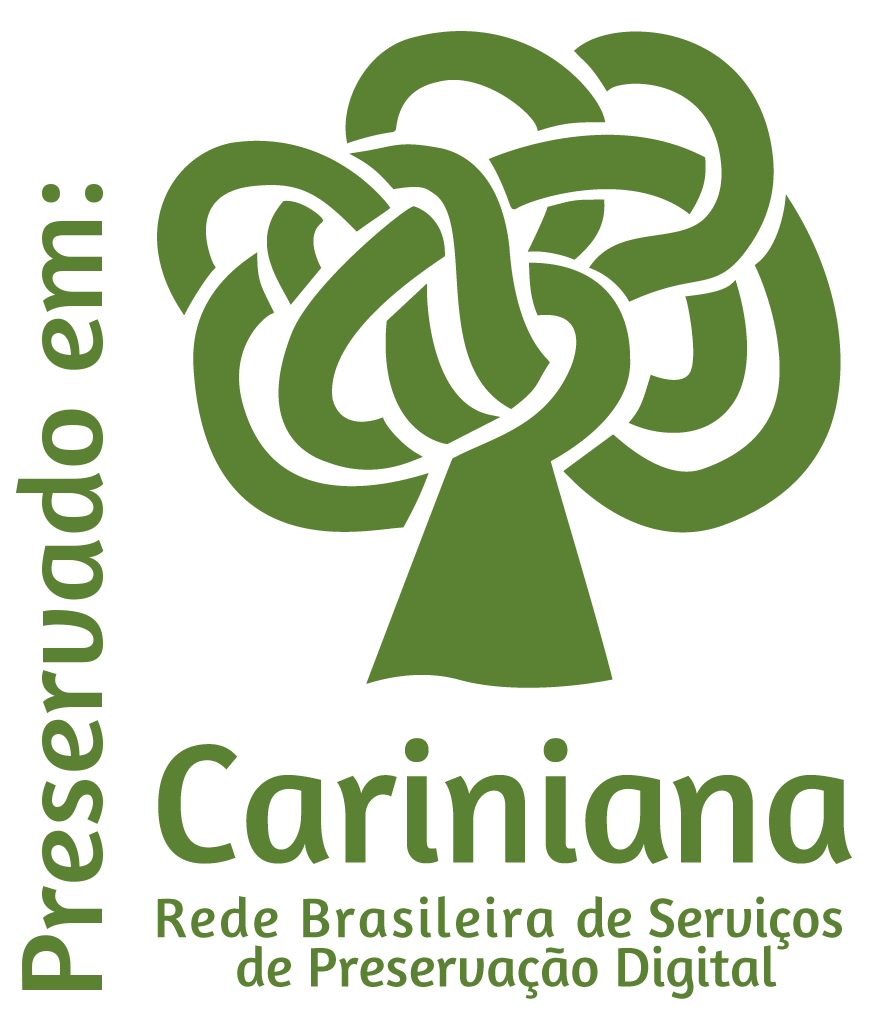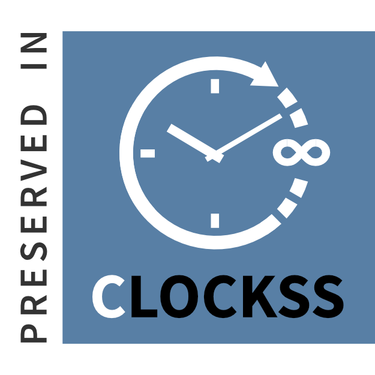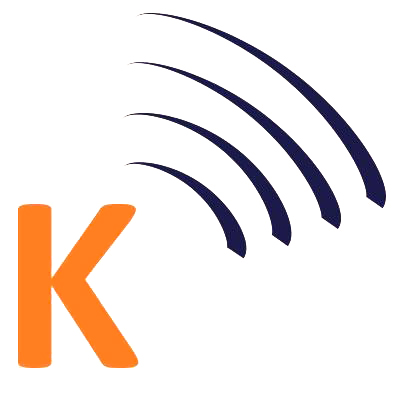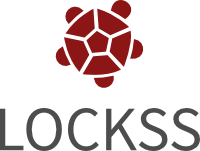Virtual Reality and Augmented Reality Apps for Chemistry Education
DOI:
https://doi.org/10.31417/educitec.v6i.972Keywords:
Virtual Reality, Augmented Reality, Chemistry TeachingAbstract
With aiming to analyze Virtual Reality and Augmented Reality Chemistry apps, this article reports the Google Play survey of mobile apps available for teachers and students to teach Chemistry. Methodologically the research is exploratory with a qualitative approach. The results highlight some possibilities of using these resources, however, difficulties are also observed (such as applications in English, devices with technical limitations, etc.) for their use and future contribution in chemistry teaching. We consider that the applications analyzed in this research can contribute to the teaching and learning process. In addition, we hope that the results of this survey will provoke the reflection of chemistry teachers on the importance and need to develop pedagogical practices that seek to contemplate the specificities related to the teaching and learning process of chemistry with the use of mobile apps.
Downloads
Metrics
References
ALSBERG, Bjørn K. Is sensing spatially distributed chemical information using sensory substitution with hyperspectral imaging possible?. Chemometrics and Intelligent Laboratory Systems, v. 114, p. 24-29, 2012.
AZUMA, Ronald A Survey of Augmented Reality. Presence: Teleoperators and Virtual Environments, v.6, n. 4, p. 355-385, 1997.
BACICH, Lilian; MORAN, José. Metodologias ativas para uma educação inovadora: uma abordagem teórico-prática. Porto Alegre: Penso, 2018.
BURDEA, Grigore; COIFFET, Philippe. Virtual RealityTechnology. New York: John Wiley & Sons, 1994.
BUSINESSWIRE. Android Overtakes Windows for First Time – StatCounter. 2017. Disponível em: <https://tinyurl.com/y5fl2fn8>. Acesso em: 18 de set. 2019.
CAMACHO, Mar. Mobile learning en la educación superior: primeros pasos para el diseño y creación de cursos con tecnologías móviles. In: CARVALHO, A. A. A. Aprender na era digital: jogos e mobile-learning. Santo Tirso: De Facto Editores, 2012, p. 111-125.
CGI-Br. Pesquisa sobre o uso das tecnologias de informação e comunicação nas escolas brasileiras: TIC educação 2017. São Paulo: Comitê Gestor da Internet no Brasil, 2018.
CGI-Br. Pesquisa sobre o uso das tecnologias de informação e comunicação nas escolas brasileiras: TIC educação 2018. São Paulo: Comitê Gestor da Internet no Brasil, 2019.
CHEN, Yu Chien. A study of comparing the use of augmented reality and physical models in chemistry education. In: Proceedings of the 2006 ACM international conference on Virtual reality continuum and its applications. ACM, p. 369-372, 2006.
DENARDIN, Luciano; MANZANO, Ramón Cid. Desenvolvimento, utilização e avaliação da realidade aumentada em aulas de física. RENOTE, v. 15, n. 2, p. 1-10, 2017.
GIL, Antonio Carlos. Métodos e técnicas de pesquisa social. 6 ed. São Paulo: Atlas, 2012.
IRWANSYAH, Ferli Septi et al. Augmented reality (AR) technology on the android operating system in chemistry learning. In: IOP conference series: Materials science and engineering. IOP Publishing, 2018. p. 012068.
JERALD, Jason. The VR book: human-centered design for virtual reality. Morgan & Claypool, 2015.
KERAWALLA, Lucinda et al. “Making it real”: exploring the potential of augmented reality for teaching primary school science. Virtual Reality, v. 10, n. 3-4, p. 163-174, 2006.
KIRNER, Claudio. Realidade Virtual e Aumentada. 2011. Disponível em: http://www.realidadevirtual.com.br. Acesso em 18 out. 2019.
KIRNER, Claudio; SISCOUTTO, Robson. Realidade virtual e aumentada: conceitos, projeto e aplicações. Porto Alegre: Sociedade Brasileira de Computação, 2007.
LEITE, Bruno Silva. Aplicativos para dispositivos móveis no ensino de Astroquímica. Revista Debates em Ensino de Química, v. 3, n. 1, p.150-170, 2017.
LEITE, Bruno Silva. Aprendizagem Tecnológica Ativa. Revista Internacional de Educação Superior, v. 4, n. 3, p. 580-609, 2018.
LEITE, Bruno Silva. Tecnologias no ensino de química: teoria de prática na formação docente. Curitiba: Appris, 2015.
LUDKE, Menga; ANDRÉ, Marli E. D. A. Pesquisa em Educação: Abordagens qualitativas. São Paulo: E.P.U., 2012.
MACEDO, Alex de Cassio; SILVA, João Assumpção da; BURIOL, Tiago Martinuzzi. Usando Smartphone e Realidade aumentada para estudar Geometria espacial. RENOTE, v. 14, n. 2, 2016.
MILGRAM, Paul et al. Augmented reality: A class of displays on the reality-virtuality continuum. In: Telemanipulator and telepresence technologies. International Society for Optics and Photonics, v. 2351, p. 282-292, 1994.
MOORE, Michael G.; KEARSLEY, Greg. Educação a distância: Sistema de aprendizgem on-line. São Paulo: Cengage Learning, 2013.
MOURA, Adelina. Mobile learning: tendências tecnológicas emergentes. In: CARVALHO, A. A. A. Aprender na era digital: jogos e mobile-learning. Santo Tirso: De Facto, 2012, p. 127-147.
PINA, Antonio Ramón Bartolomé; SOUZA, Francislê Neri; LEÃO, Marcelo Brito Carneiro. Investigación Educativa a Partir de La Información Latente en Internet. Revista Eletrônica de Educação, v. 7, n. 2, p. 301-316, 2013.
QUEIROZ, Altamira Souza; OLIVEIRA, Cícero Marcelo de; REZENDE, Flávio Silva. Realidade Aumentada no Ensino da Química: Elaboração e Avaliação de um Novo Recurso Didático. Revista Eletrônica Argentina-Brasil de Tecnologias da Informação e da Comunicação, v. 1, n. 2, 2015.
SANTOS, Cícero Ernandes de Melo; LEITE, Bruno Silva. Construção de um jogo educativo em uma plataforma de desenvolvimento de jogos e aplicativos de baixo grau de complexidade: o caso do Quizmica - Radioatividade. RENOTE, v. 17, n. 1, p. 193-202, 2019.
SHARPLES, Mike. The design of personal mobile technologies for lifelong learning. Computers & Education, v. 34, n. 3-4, p. 177-193, 2000.
SINGHAl, Samarth et al. Augmented Chemistry: Interactive Education System. International Journal of Computer Applications, v. 49, n. 15, 2012.
SOARES, Máarlon Hebert Flora Barbosa. Jogos e atividades lúdicas para o ensino de química. Goiânia: Kelps, 2013.
SUTHERLAND, Ivan Edward. Sketchpad: A Man-Machine Graphical Communication System, PhD Thesis, MIT. Technical Report No. 574, University of Cambridge, UCAM-CL-TR-574. 1963.
TORI, Romero; HOUNSELL, Marcelo da Silva; KIRNER, Claudio. Realidade Virtual. In.: TORI, Romero; HOUNSELL, Marcelo da Silva. (org.). Introdução a Realidade Virtual e Aumentada. Porto Alegre: Editora SBC, s.p. 2018.
TORI, Romero; KIRNER, Claudio. Fundamentos e tecnologia de realidade virtual e aumentada. Porto Alegre: SBC, v. 1, 2006.
Downloads
Published
How to Cite
Issue
Section
License

This work is licensed under a Creative Commons Attribution 4.0 International License.
This work is licensed under a Creative Commons Attribution 4.0 International License
This license allows others to share, copy, redistribute material in any medium or format, adapt, remix, transform and develop the material based on their work, even if commercially, giving due credit and providing a link to the license.
The published articles are the property and full responsibility of their authors, who may have them for later publication, always including the original edition, and EDUCITEC Magazine does not have any legal responsibility for its content.
Accepted 2020-04-22
Published 2020-06-05

